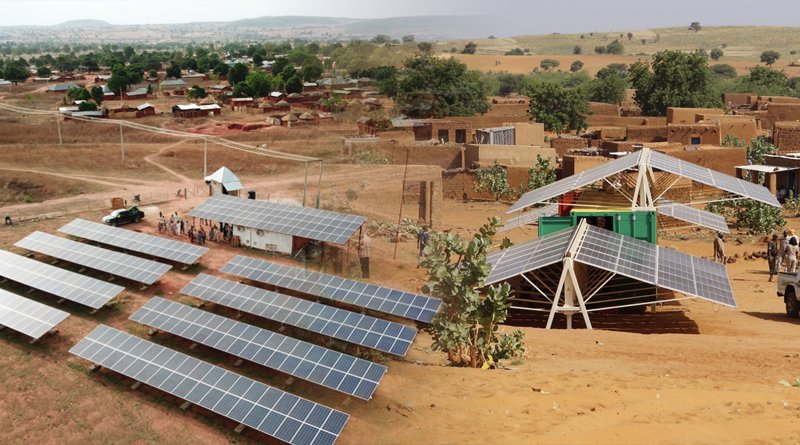The Global Environment Facility is funding the four-year project, which is being supported by the United Nations Development Program (UNDP) in Nigeria.

The Africa Mini-grids Program (AMP) is a specialized support initiative that was established to provide electricity at economies of scale, to encourage increased commercial investment with new growth opportunities, and to develop novel business models in some of Africa’s poorest countries.
The Rural Electrification Agency launched it on September 29, 2022. The Global Environment Facility is funding the four-year project, which is being supported by the United Nations Development Program (UNDP) in Nigeria.
This program covers 21 African countries. The main goal of Africa Mini-Grids Program is to focus on various low-cost models, improve investments, and develop financial credibility for mini-grids. It will collaborate with countries to implement policies and regulations that encourage private investment, creating a favorable environment for the widespread deployment of renewable mini-grids.
According to the International Energy Agency’s Africa Energy Outlook 2022, the levelized cost of electricity for solar generation will be $0.049/kWh by 2030, making it more cost-effective than wind or gas. From 2021 to 2030, this includes an additional installed capacity of 225 MW per year using a solar mini-grid.
Mini-grids are decentralised power generation systems that are not linked to the national grid. Solar-powered renewable mini-grids have the potential to significantly improve energy access in the 21 countries by providing services like electricity to households, electrifying health and education facilities, and empowering local businesses to accelerate economic opportunities.
According to UNDP projections, powering mini-grids would be the most cost-effective way to provide electricity to nearly 265 million people in 21 countries by 2030. To meet the mini-grid goal in these countries, new private-sector funding of around $65 billion would be required.
This opportunity would include the construction of 110,000 mini-grids, the powering of over 200,000 education and health centers, and the empowerment of over 900,000 people.
AMP will take a country-by-country approach, which will increase the opportunities for South-South and triangular collaboration. AMP’s critical areas of work are:
To aid and assist in the program’s national projects, a regional project was organized as a knowledge management platform. The African mini-grid market is also covered by the regional projects. The projects’ main tasks include developing knowledge kits for the public and private sectors, providing customized technical support to countries, creating unique regional learning networks, and assisting in the digitalization of the mini-grid sector.
21 national projects, each with a common arrangement and consisting of the five aspects listed below: i) policy and regulatory; ii) business model innovation and the private sector; iii) innovative scaling finance mechanisms
Access to energy is one of the most important enablers of a country’s socioeconomic development. Nonetheless, more than 568 million people (half the population) in sub-Saharan Africa lack access to electricity.
AMP intends to work toward energy access among the region’s countries in order to provide benefits such as improved agribusiness, health, and education sectors, as well as other livelihood-generating activities. This will eventually help provide socioeconomic benefits to the region’s communities.
Through its plan to support mini-grid deployment in Africa, AMP has identified the following areas of operation: i) national-level discussions for recognizing the best means of establishing mini-grids in the region; ii) efficient utilization of energy; and iii) digitizing mini-grids.
AMP is already in the implementation phase of the Nigeria and Eswatini projects, which will continue until 2027.
There are 396 million people in the 21 countries who do not have access to electricity. The population is made up of Africans from Anglophone, Francophone, and Lusophone countries, as well as from small island developing states and crisis-affected countries.
Despite the numerous benefits of renewable mini-grids, several challenges exist in many countries, impeding their development and widespread deployment.
Such issues result in increased debt and equity funding costs, which reduce the advantage of the mini-grid over other energy sources such as diesel generators.
The need for higher returns, which correspond to the risks, develops into high energy prices. Such high energy prices require significant subsidies for the rural electrification program.
